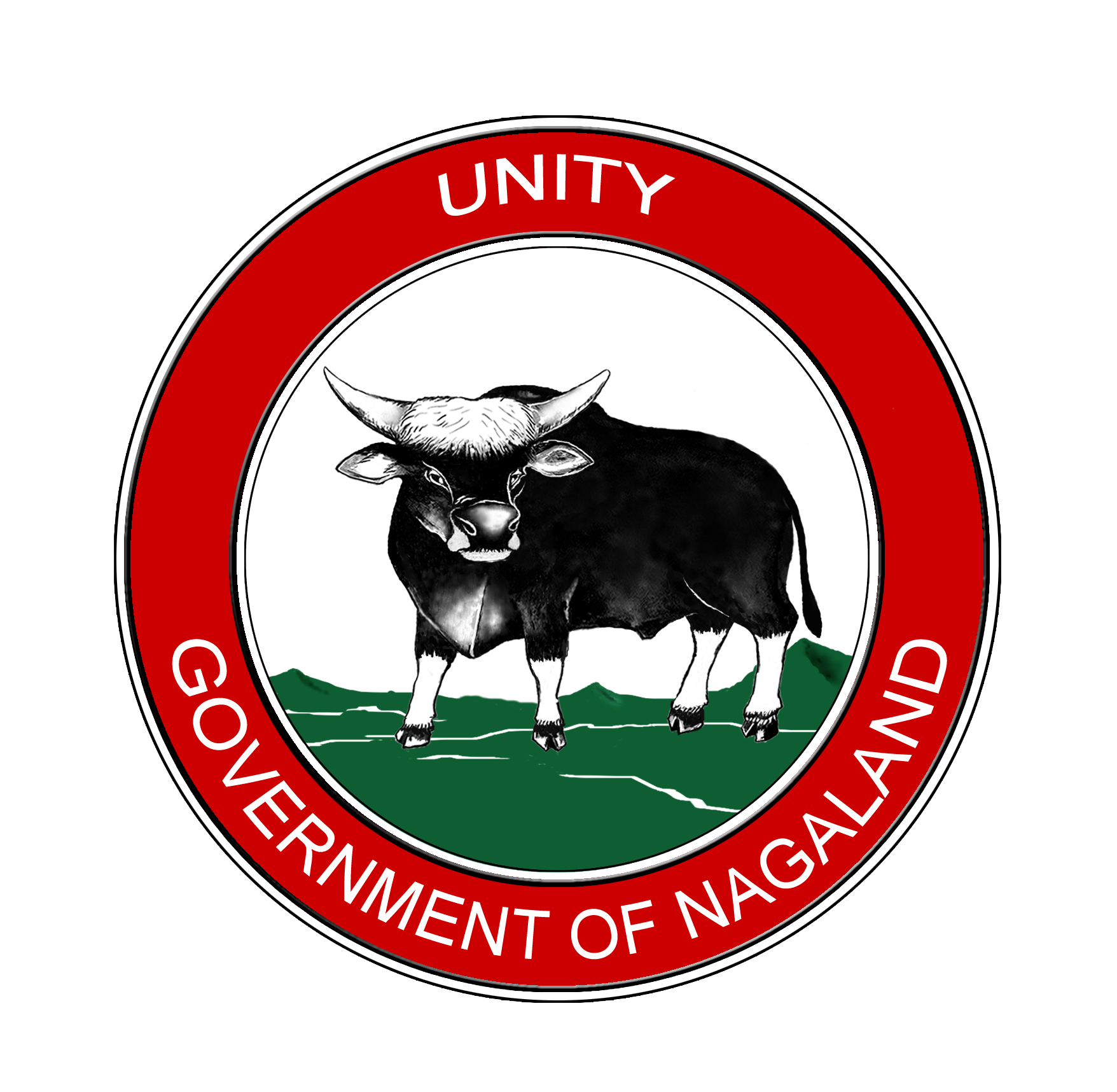Fostering Climate Resilient Upland Farming Systems in the
Northeast (FOCUS)
Nagaland is one of the eight states in the North Eastern Region (NER) of India, a biodiversity hotspot where climate change adaptation is of critical importance for the largely rural population. With a hilly terrain, low population density, shallow soils and high rainfall, farmers have adopted a shifting cultivation system known as jhum. This largely self-sufficient system has adequately met the various needs of rural communities, including food, fiber and energy, but is now getting disrupted due to shortening jhum cycles as a result of increasing population, focus on high value crops for cash income, soil fertility degradation and top soil erosion on account of decreased fallow cycles. Changing climate patterns is further exacerbating these disruptive trends.
In Nagaland the jhum system covers 60 percent of the area under food grain cultivation, and about half of rural households are engaged in jhum cultivation, with about 100,000 ha of forest being cleared for cultivation each year. Rice is the staple food, and upland paddy is the main jhum crop, grown mixed with other crops. Jhum land and forest-fallows also meet most community firewood and timber needs, and are also sources of wild foods and medicinal plants, as well as catchment areas of local streams.
Jhum is a way of farming poor upland soils by utilizing fertility accumulated in the forest-fallow period. It maintains more bio-diversity than conventional farming. The practice of burning controls weeds and disease pathogens. Almost no external inputs are used, and the system is naturally organic. The mixed cropping with traditional varieties reduces risk and supports traditional food habits linked to distinctive local cultures. On the other hand, jhumias widely held to be a destructive farming system, causing severe soil erosion, atmospheric pollution, damage to soil biology and loss of biodiversity. The system is increasingly becoming unsustainable as jhum cycles are becoming shorter, with less time to restore soil fertility and biodiversity. Jhuming is labor-intensive, with no potential for mechanization, and most work is done by women. With low crop yields, not much is produced per day worked, and production usually does not meet household food needs or generate much needed cash income.
Rural Poverty in the project area.
The poverty analysis conducted as part of the project design, shows that poverty in Nagaland has multiple dimensions in the rural areas of the state, namely in terms of access to basic services, connectivity and low incomes. It is closely associated with the agriculture and natural resources based livelihoods of the rural households: the low productivity, the high inputs of family labour for agriculture, the limited options to diversify livelihoods, and the high cost of living in the State, trap households in poverty and render them vulnerable to price shocks on the one hand and to climate change on the other. As per census data, the incidence of rural poverty in the state has doubled from 2004 to 2012 and stood at 19.9% in 2011-2012 equivalent to 280 000 persons. The qualitative wealth ranking exercise conducted in sample villages suggests that on average 16% of rural households earn less than 75,000 INR/year which puts them close to or below the poverty line. The poor rely on a production system comprised of jhum cultivation, terrace cultivation and livestock rearing, and their landholdings are typically less than 1 ha of jhum and 1 ha of terrace cultivation. Landlessness is less than 10% of rural households.


